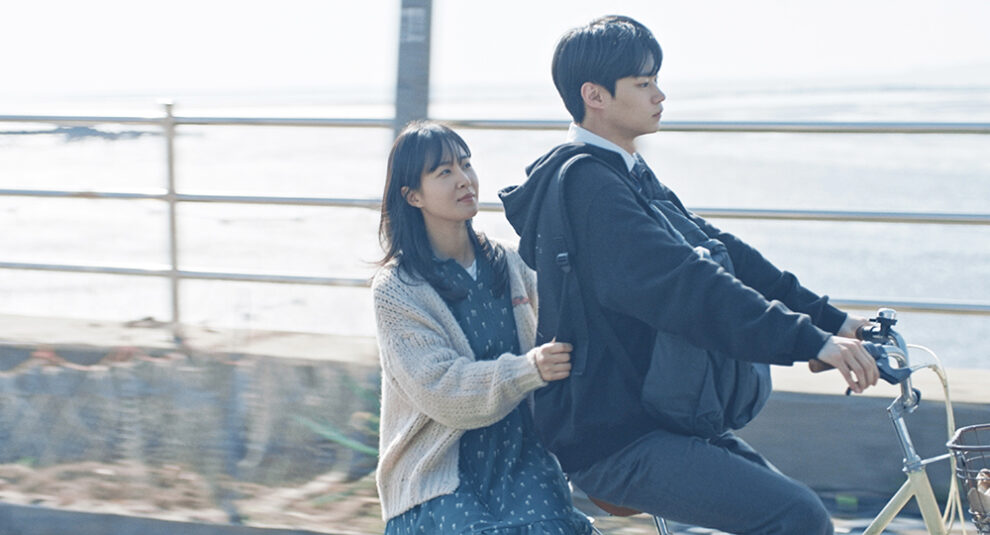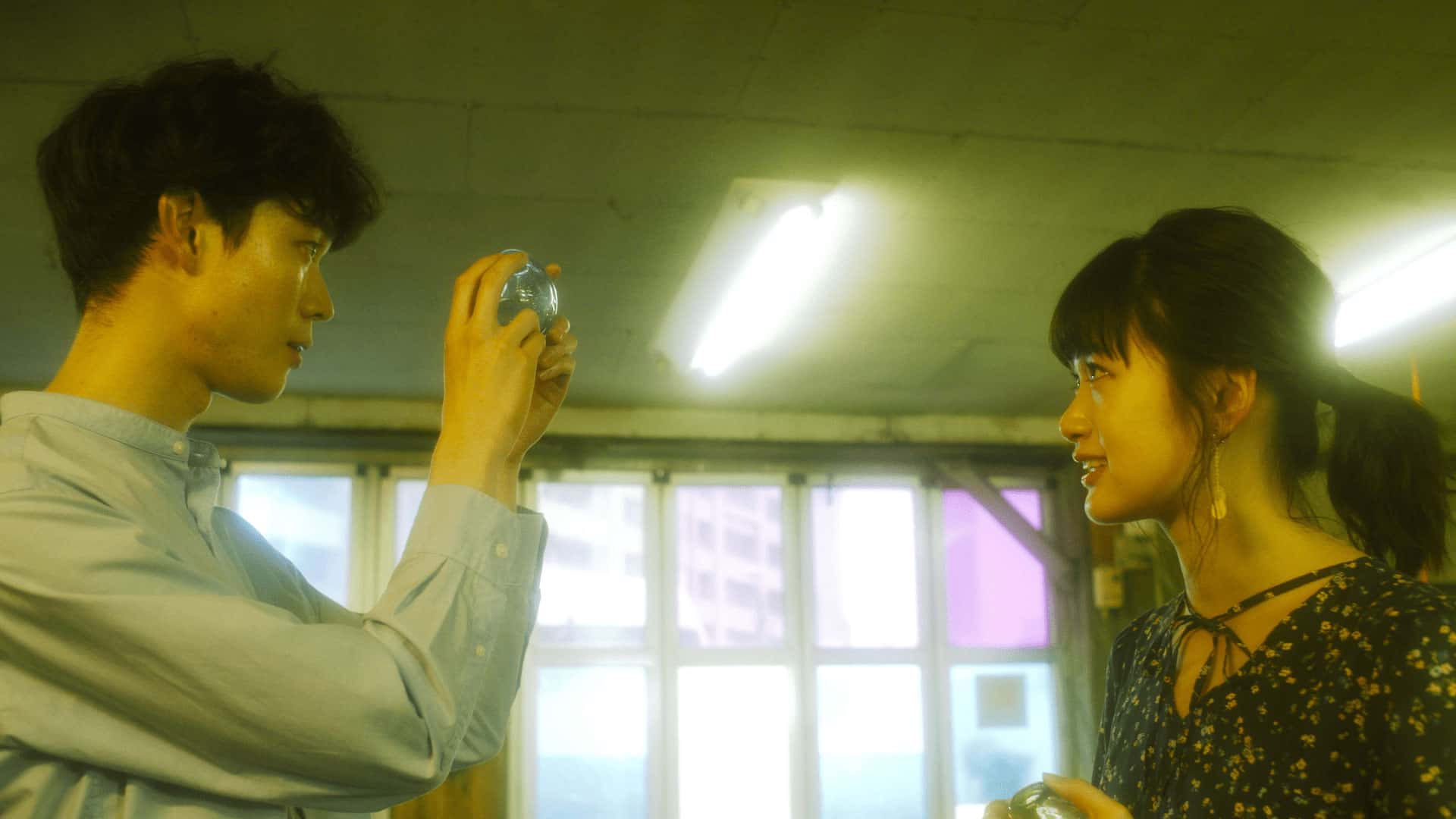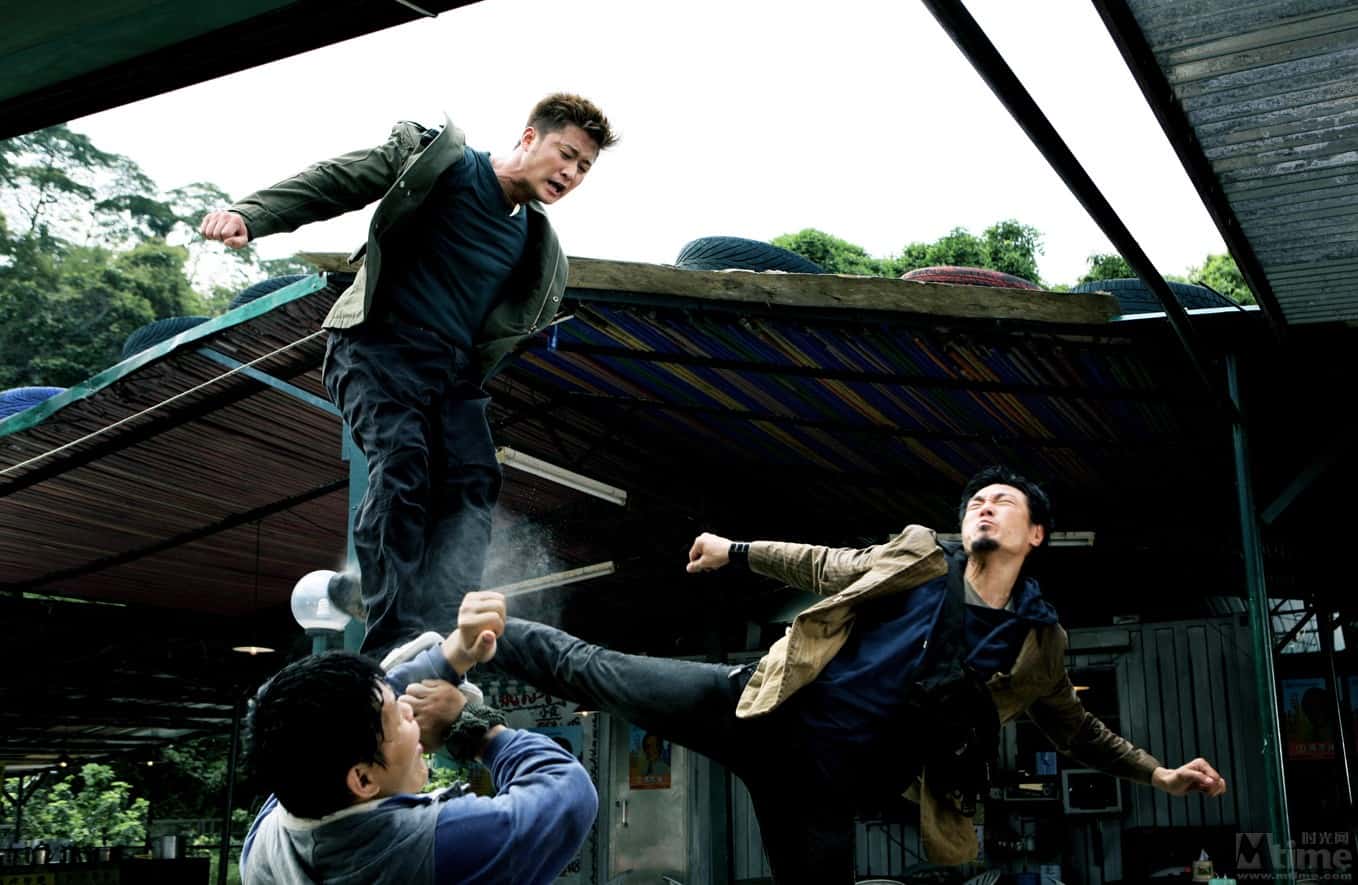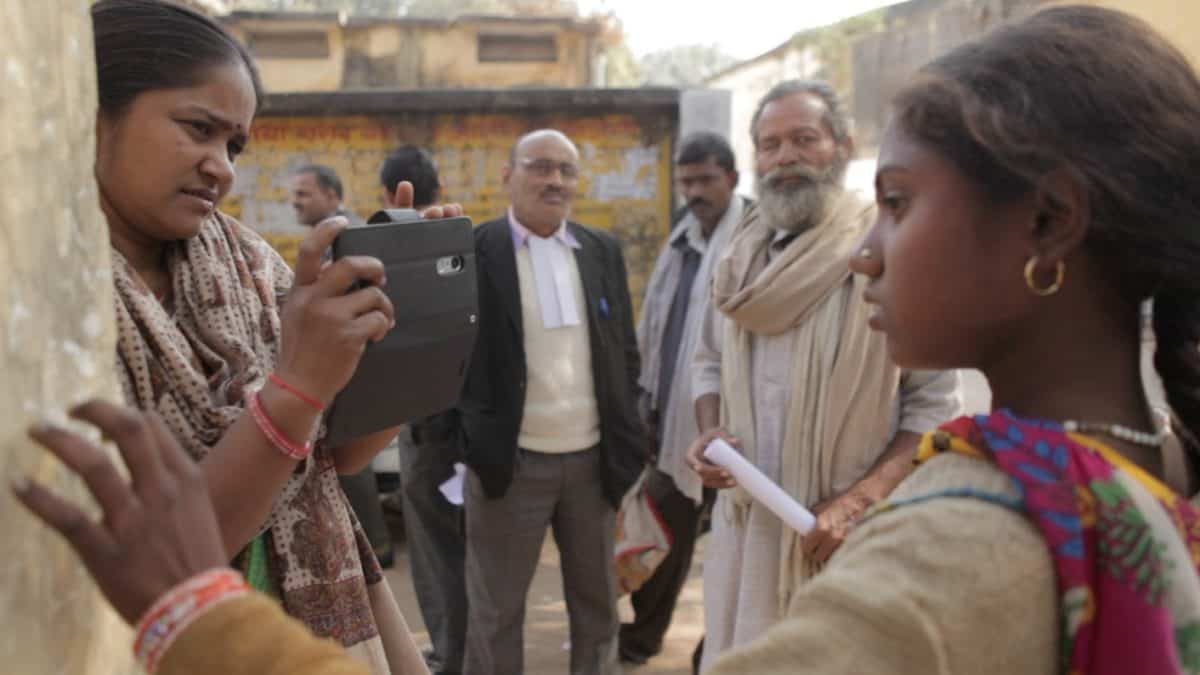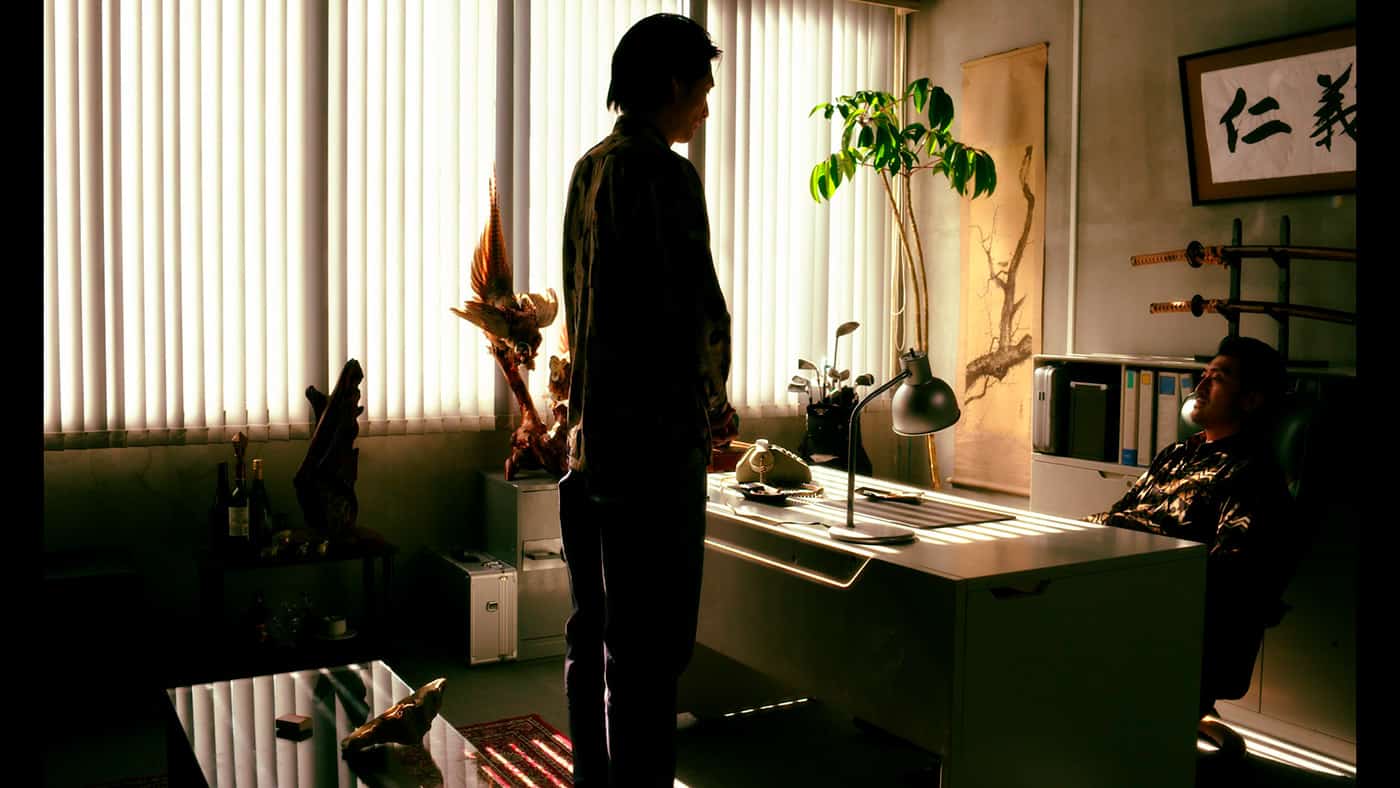Written, directed and edited by Bae Du-ri as a school project at the Korean Academy of Film Arts, “Dolphin” premiered last year at Jeonju and was released in Korean theaters this week.
The movie revolves around Na-young, a 35-year-old journalist at a local newspaper, who is definitely stuck in the small-town life she has experienced all her life, with her main focus being taking care of her mother, Jeong-ok, younger brother, Seong-woon and her friends. Na-young had a rather dramatic childhood, but through her routines and the simplicity of life in the particular location, she has found a degree of harmony. Everything, however, starts changing, when her mother informs her that she wants to sell the house Na-young grew up in, her brother decides to move to Seoul after finishing school, and Hae-soo, a man her age, relocates from Seoul. As Na-young cannot handle change, the potential alterations have her struggling intensely, until she discovers bowling.
Bae Du-ri directs a film that draws from personal experience, in a rather unusual coming-of-age story, since it focuses not on a teenager, but on a woman in her mid-30s. Without falling into the clutches of melodrama, as so frequently happens in Korean movies, she deals both with what causes people to be afraid of change, and how one can find relief from this type of agony. Regarding the first aspect, Na-young's rather dramatic past as a kid is presented as the main source, which is actually revealed gradually, in timely moments within the narrative, with the director eloquently stating that, for her protagonist, life could have been much harder and the one she has now does look quite good for her. On the other hand, and while her mentality is somewhat justified in that fashion, the fact that she cannot cope with others moving on is a sign of immaturity, with the story focusing on how Na-young tries to overcome it.
And here comes the second, rather unusual element in the film, with bowling becoming a factor, and Bae exploring the sport in its amateur level quite thoroughly, as the particular alley and her proprietor function in the way bars and bartenders frequently function in cinema. That Na-young finds solace, a way out of her problems, and someone to talk to is a rather appealing element within the narrative, also adding a very entertaining sport element to an indie drama that actually stands out due to this part.
The comments, however, do not stop in Na-young and her effort to cope with change. The concept of the blended family is also central to the story, as much as the way people in small communities react to “outsiders” and the reasons the population of young adults in such areas is diminishing. That the characters of the movie mirror these comments is a testament to the quality of the writing, since Bae manages to both make her audience empathize with them and creates a chemistry that results in a number of interesting comments.
This aspect also owes a lot to the acting, which is one of the main sources of the realism that permeates the movie. Kwon Yu-ri as Na-young highlights her frustration excellently, both in her calm moments and the more rare ones, when she lashes out. The same applies to Kil Hae-yeon's Jeong-ok, who does let's her anger show more frequently, and Hyeon Woo-seok's Seong-woon, who is actually the calmest one in the whole movie, despite his age. Both the acting, and the bottled up sentiments of the protagonist find their apogee in a scene close to the end, when no one can control their feelings anymore, in probably the most memorable sequence in the whole movie.
Subscribe to AMP newsletter by clicking on the image below

Kim Him-chan's cinematography follows the realistic lines of the narrative, although the bowling parts are occasionally impressive, in a rather welcome change from the usual approach of Korean arthouse dramas, which is also found in the pace. That the movie lasts for 90 minutes is another rather welcome aspect that should be attributed to Bae's editing, which results in an economical approach that does so by avoiding the usual melodramatic shenanigans.
“Dolphin” is a gem of a film, one of the rare Korean indies that manages to stray away both from the melodrama and the “Hong Sang-soo recipe”, retaining both its entertainment and its contextual richness for the whole of its duration.


